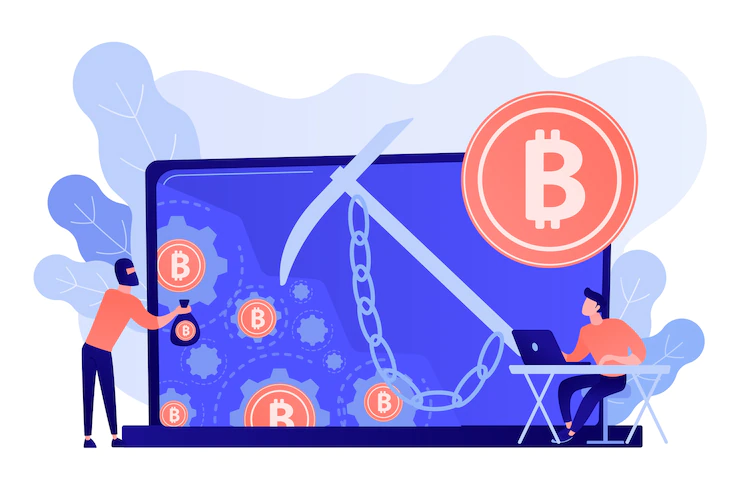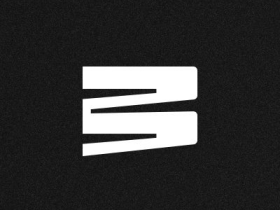The halving of the mining reward, which occurs when it is cut in half, is one of the most significant events on the Bitcoin network. Every successfully mined block since 2020 has resulted in the awarding of 6.25 bitcoins (BTC) to the network participants that validate transactions.
Early to mid-2024 is when the second halving is anticipated to take place, bringing the block reward down to 3.125. As the block reward gets closer to one satoshi, the effect of each halving will eventually become less significant. In this post, we will be elaborating on everything you need to know about Bitcoin Halving, and how it works.
What is Bitcoin Halving?
When the reward for mining new blocks is cut in half, known as a “halving” or “halvening,” miners receive 50% fewer bitcoins for validating transactions. Bitcoin halvings are planned to happen once every 210,000 blocks, or around every four years, until the network has produced all 21 million of the cryptocurrency.
Because they lower the quantity of new bitcoins being created by the network, bitcoin halvings are significant occurrences for traders. Because of this, there can be a surge in prices if demand for the coins doesn’t decline.
Although this has occurred in the months prior to and following previous halvings, driving up the price of bitcoin, each halving’s circumstances are unique, and demand for bitcoin can vary greatly.
Why is There a Bitcoin Halving?
Bitcoin halving is a fundamental mechanism to regulate the amount of new Bitcoin that enters circulation and happens as part of the protocol’s design. The following are the main causes of Bitcoin’s halving:
Limited Availability and Regulated Supply
The individual or group that designed Bitcoin, Satoshi Nakamoto, intended to establish a digital currency with a controlled and limited quantity. New Bitcoin is created at a slower rate when mining rewards are cut in half. As a deflationary asset, Bitcoin has a strong value proposition because of its increasing scarcity over time.
Control of Inflation
The halving of Bitcoin helps keep the ecosystem’s unsustainable inflation under control. Reducing the block reward slows down the rate at which fresh Bitcoin enters the market. The long-term stability and value of the coin are intended to be maintained by this limited issuance procedure.
Economics and Market Factors
The market as a whole and Bitcoin miners alike are affected financially by the halving occurrence. Reduced block rewards force miners to alter their operations in order to remain lucrative, which fuels competition and drives out less productive miners. Consequently, this may have an effect on the network’s decentralization and general security.
Impact of Price
Increases in the price of Bitcoin have historically been commonly associated with halving events. Expected supply reduction and increased demand have led to a positive feeling in the market and likely price appreciation. It is important to keep in mind, though, that previous success does not guarantee future outcomes and that variables other than Bitcoin halving occurrences have an impact on the cryptocurrency’s price.
Why is Bitcoin Halving Important?
After the halving, there is typically a spike in Bitcoin volatility. As less Bitcoin is made accessible for mining, the value of the remaining Bitcoin increases and becomes a more alluring asset for investors.
When examining the post-halving surges in Bitcoin, one should also take into account other factors:
- Increased media attention to cryptocurrencies and Bitcoin.
- An obsession with the anonymity of the digital asset.
- A steady rise in the currency’s practical applications.
- But if history is any guide, previous Bitcoin halvings have been long-term bullish forces behind the price of the cryptocurrency.
- On the other side, the BTC ecosystem will almost definitely be impacted in a number of ways by the upcoming halving. mainly because mining’s financial rewards are diminishing.
How Does a Bitcoin Halving Work?
The network’s core blockchain software includes a bitcoin halving that controls the rate at which new bitcoins are issued. By forcing computers on the network to compete in a process called “mining,” the software verifies transactions. The computers who succeed in validating the transactions they have chosen are rewarded with additional bitcoins. Every 210,000 blocks, the network is programmed to cut in half the incentive that miners earn for validating transactions, which are grouped into groupings known as “blocks.”
Why Are There Less Than Four Years Between the Halvings?
Once every ten minutes, the Bitcoin mining algorithm is designed to find new blocks.6. While some blocks take ten minutes or less, some take longer. This may shorten or lengthen the time required to accomplish the subsequent halving objective. It would take roughly 1,409 days to mine the 210,000 blocks needed, for instance, if blocks took 9.66 minutes on average to mine consecutively (four years = 1461 days, including one day for a leap year).
What Takes Place If There Are No Bitcoins Left?
There is a common belief that the final bitcoin will be mined in 2140. On the other hand, if the prize is divided in half every 210,000 blocks, it will eventually decrease to one satoshi. The smallest unit of currency in bitcoin is a satoshi, which has a value of 0.00000001 and cannot be divided in half. Therefore, the reward might continue to be one Satoshi until all of bitcoin is equal—after 2140, millions of Satoshi could be awarded.
When is the Next Bitcoin Halving?
When there are 740,000 blocks, in April 2024, there will likely be another bitcoin halving. The block reward will decrease to 3.125 bitcoins as a result. The network averages one block every ten minutes, but the exact date of the halving is still unknown because of the fluctuations in the time required to generate new blocks.











Leave a Reply